Brutal, gritty, poignant. Arco hurled me into a hostile world where I pressed against the violent powers of the land, and they pressed back, leaving a remarkable imprint.
Arco is the debut title from a global collaboration between Polish pixel artist Franek Nowotniak, Australian game developer Max Cahill, Spanish composer and sound designer José Ramón “Bibiki” García, and Mexican industry veteran Antonio “Fayer” Uribe. It is published by Panic, previously known for the levity of their titles such as Untitled Goose Game and Thank Goodness You’re Here. In terms of tonality, Arco lies in stark contrast to Panic’s previous work.
The script for Arco is a work of genius. It starts as a simple and somewhat vanilla revenge story but immediately expands in interesting ways as characters and communities are layered thick. The story is told across five acts, each with its own unique cast of adventurers, cleverly overlapping throughout the campaign. At the onset, characters are seemingly siloed by their own ethnic customs and norms, until the events of the game eventually force an unexpected alliance against a common enemy. It was brilliant, if a bit dizzying, to constantly be recontextualising my understanding of Arco as I learnt the idiosyncrasies of each community that lived in the various corners of its world. However, by the end of the game, I was in awe of how everything fit together. Even plot threads I thought were left alone came back around with some incredible narrative gymnastics. The central theme of finding peace in a blood-soaked land of vendettas found its footing after all.
The art style is reminiscent of 17th-century Mesoamerica rendered in stunning pixel art. The standout feature of the artwork is the sprawling landscapes and wide point of view. It is rare to have this perspective in a pixel art game, and I found it arresting in so many ways. The clever use of foreground and background drew my eyes to interesting landmarks in every scene, and it was all so detailed that it became a personal habit to pause and study the screen each time I advanced to a new location. Every pixel mattered; I was rewarded with items and secret areas just by paying close attention to the scenery. Little red pixels mixed in with the brown of the sand spoke volumes of the dangers around every corner. The world felt expansive, arid, and foreboding. The sound design also contributes to world-building in Arco, from the solo guitar strums when walking the desolate plains to the harder rock anthems during combat and more violent sequences. A few of the songs had lyrics, all in Spanish, and they felt like sombre ballads to the harsh requirements for survival in this setting.
In terms of gameplay, Arco alternates between point-and-click exploration, text adventure, and “simultaneous turn-based” (as the developers describe it) combat. Each of these comes with their own mechanics that add variety and depth to the experience. The point-and-click exploration will see the player travelling across truly stunning vistas as they fight the murderous Red Company and complete side-quest errands for the locals. This is also where all the character dialogue occurs, with a fair amount of player choice interspersed between large text boxes dropping onto the screen, jarring for the sake of keeping the player on edge. While the dialogue choices were likely added to keep consequences front and centre, a theme I will speak on in a moment, there were times I felt like I just wanted my character to “be themselves” and say things that I would never think to say because I have a totally different personality as a player. I had trouble getting in the headspace of some of these characters to do their dialogue decisions justice, simply because their personalities and cultural nuances were so foreign to me.
That said, the writing was very sharp on purpose and had a certain tension to it that always left me feeling uncomfortable. The world of Arco is extremely harsh, filled with moral grey areas, ulterior motives, and second guessing. The decisions you make are never cheap and don’t come easy, which is perfect for that unforgiving atmosphere this game is attempting to create. It was fascinating to see how even minor decisions can lead to entirely different combat encounters (or lack thereof). However, one downside to this thematic choice is that the unintended consequences of my decision had me replaying sequences of the game to “soften the blow” of my actions if I felt excessively punished by my choices. You see a man towing a body on horseback; what do you do as he approaches you on the road? I forget what I did, but it resulted in my character being in critical health. I realise I could have just pressed on when I hit a setback like that, but when the success of a combat encounter can easily be decided by a bandage I had to use earlier due to an unforeseen consequence, I felt I needed to go back and reconsider some decisions.
Furthermore, there is a mechanic called the “Guilt Meter”, which, from my limited understanding, can lead to different endings depending on how much guilt you accumulate. There were not many, but certainly at least a few times when I felt like the guilt mechanic would unexpectedly pop up on the screen, letting me know my “decision weighed heavy on my character,” and I had to debate trying it again. The guilt mechanic has some really smart interplay with the narrative, but like some of the other decision moments, it lacked sufficient signposting, in my opinion.
As you traverse the world, you will be opening up new locations on the overworld map. It’s a bit like Super Mario World, with certain landmarks rendered in miniaturised beauty, but unlike Mario and more like Oregon Trail, the map is perilous at nearly every turn. Each new location I reached on the map, I braced myself for the next misfortune that might happen. I did appreciate how you could unlock new locations on the map through several different means, such as dialogue choices, exploration, or completing side quests. It always felt like there was something else out there to see, harrowing as it was. After all my exploring, I eventually had to move the story along, and the map indicated a one-way route to certain areas. This cut off any backtracking, which did benefit the pacing of the game substantially.
The text adventure moments were an interesting twist on the gameplay but didn’t quite land due to how unpredictable they were. Finishing, hunting, and climbing all provided the option to “keep going” or “try again,” but the outcomes always felt up to chance. Trading items with the local merchants, however, was a lot more interesting than I thought it would be, thanks to how bespoke each encounter felt. Merchants would be buying and selling goods that fit their particular region of the world, which meant that you may be able to sell water for a good price in a dry climate and find a bevy of seafood options for purchase in a wet one. You can also game the system by buying goods where they are cheap due to abundance and then travelling somewhere else where they are much more valuable to earn a profit. This mechanic is even baked into a side quest about selling meats at one point, and I found it a very amusing little “get rich quick” scheme.
I suppose I should finally talk about the combat, eh? I don’t want to brush past the gameplay element that, proportionally, represented the biggest chunk of the time I spent in Arco. The combat is very, very good. It is also very, very challenging. You fight from a top-down view of the combatants, with a much closer camera angle than the exploration segments. The combat is “simultaneous turn-based,” as the developers call it, which means you get to plan out your actions and then both the player character and enemies all make their moves at the same time. The rhythm of pause, plan, and act lends to an incredible depth of strategy and tactical thinking. You are constantly thinking like a chess player, mind racing several moves ahead to where the enemy will be positioned and what types of actions will give you the advantage at that time.
I found that the game was incredibly difficult at times, not because I lacked information (the game does show you exactly what your opponents will do during their turn), but because I had too much information. In the early parts of the game, there are just a few enemies on screen doing a few basic attack patterns. Yet, in what felt like just a few fights later, I was juggling multiple player characters fighting a horde of enemies all doing a variety of attacks. My brain just couldn’t figure out what enemies to attack first and who needed to move where to come out on top. The enemies’ attacks overwhelmed the screen and my brain at the same time. Furthermore, the guilt mechanic I mentioned earlier also has combat implications. You will have to fight against the “ghosts” of your decisions, which ramps up the difficulty even more, especially since ghosts keep moving when everyone else is paused during the planning phase of combat. When I played this game, there were no accessibility settings to tone down the combat whatsoever; you just had to clench your fists and get through it. It should be no surprise then to learn how happy I was to see that a patch has just been released addressing the accessibility in this game head-on. You can now turn on “assist mode,” which allows players to blow stuff up, skip combat, and turn off ghosts. You can also press one button to preview all the bullet paths at once. This would have been nice to have when I played!
To close out this discussion of combat, I need to mention the shining star that is the skill tree. There is so much customisation here that I was instantly hooked on crafting my perfect build for combat, unique to each player character. There is a section of the skill tree for passive stat boosts, but you can also purchase these stat boosts at a cheaper cost if you advance far enough on other parts of the skill tree. There are a lot of movement-based skills that proved to be indispensable as well, being your primary way to defend. As hard as the game was in the middle sections, by the end of the game I had accumulated enough skill points to acquire some seemingly “broken” combination of skills to truly feel godlike in my power over my foes.
Overall, Arco left quite the impression on me. The writing expertly weaved together the tales of dissimilar settlers plagued by a common enemy and tied each of their stories together in a remarkable fashion. The artwork was breathtaking, the sound design was immersive, and the combat was engaging from start to finish. I only really found fault with the difficulty and unexpected consequences for actions that had me replaying segments several times. This was a tense but terrific journey for me; from the strategic combat choices that barely gave me the edge over my opponents to the dramatic script that never wasted a moment, I was enthralled by the callous world of Arco. I would be shocked if this game is not showing up on indie GOTY lists this year, with such an uncompromising delivery of its vision.
Release Date: August 15th, 2024
Platforms: PC, Mac & Nintendo Switch
Price: £15.99
Version Tested: PC
Many thanks to the publisher for the review copy.
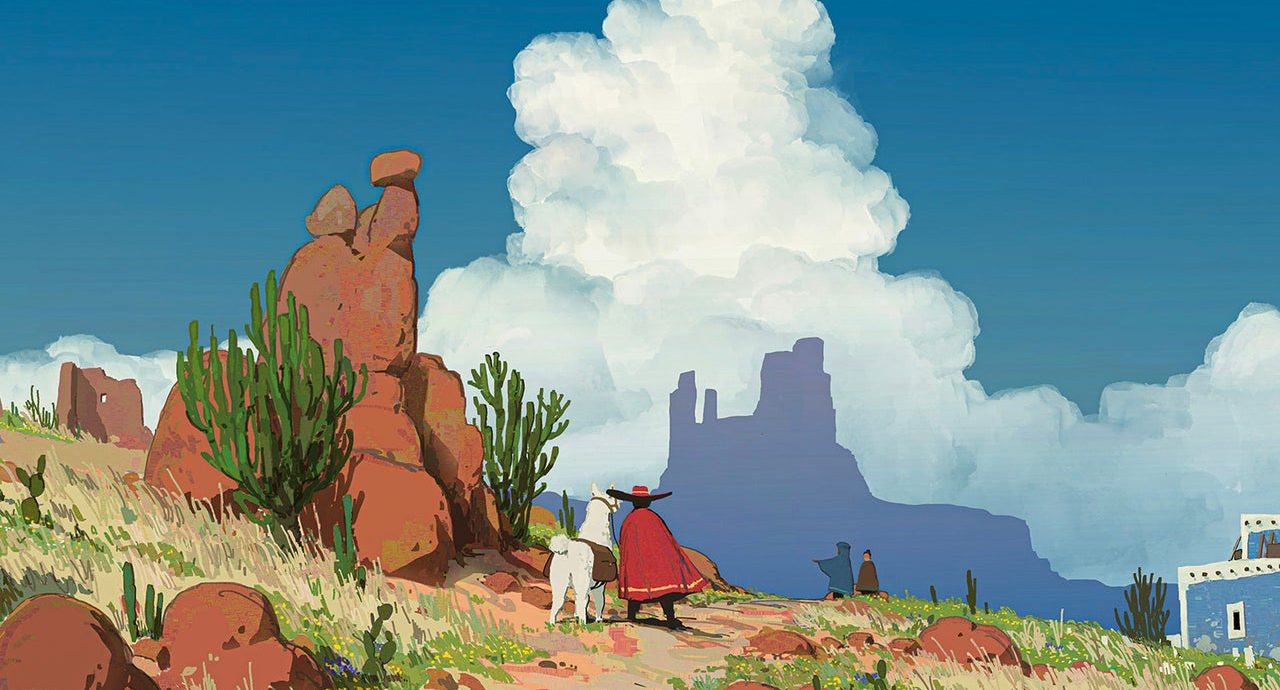
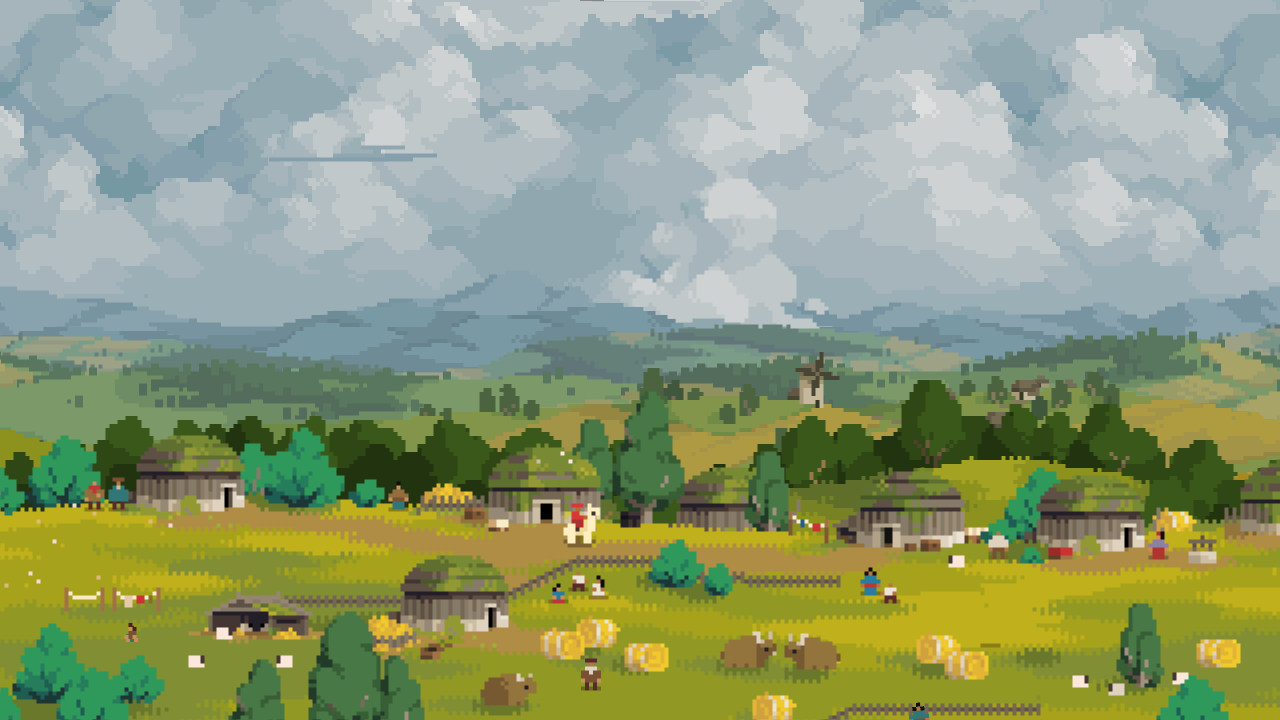
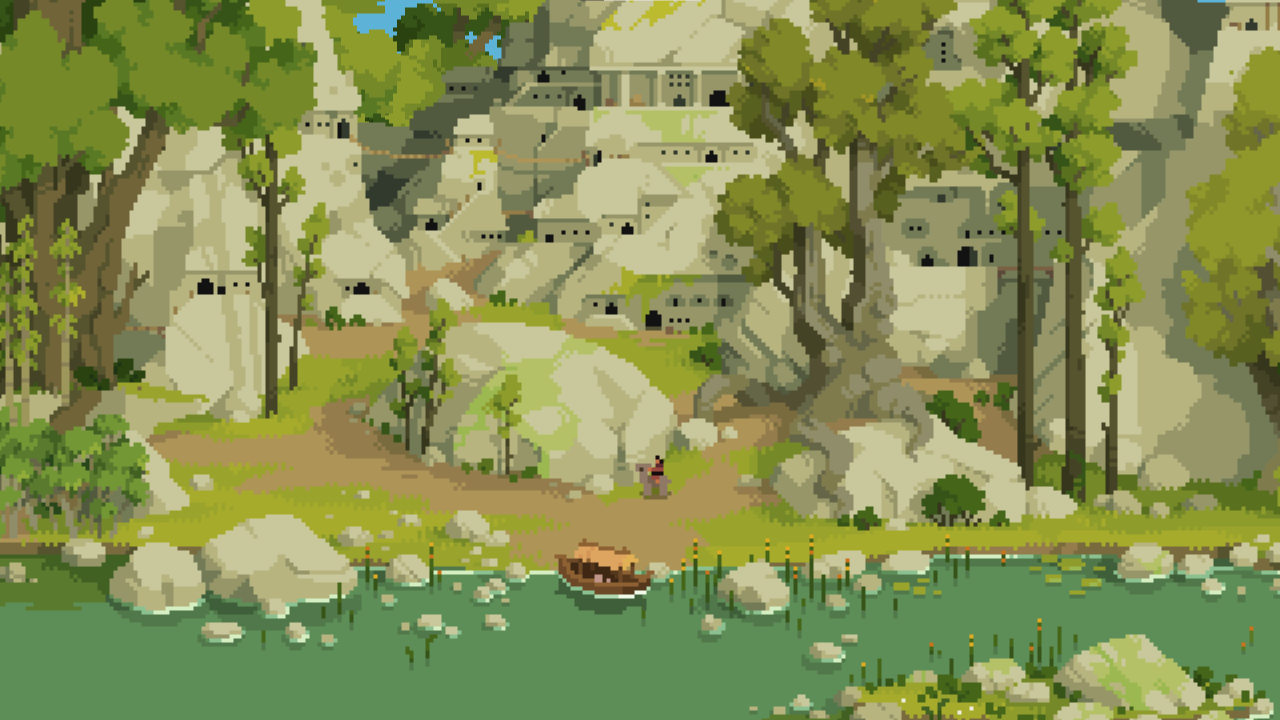
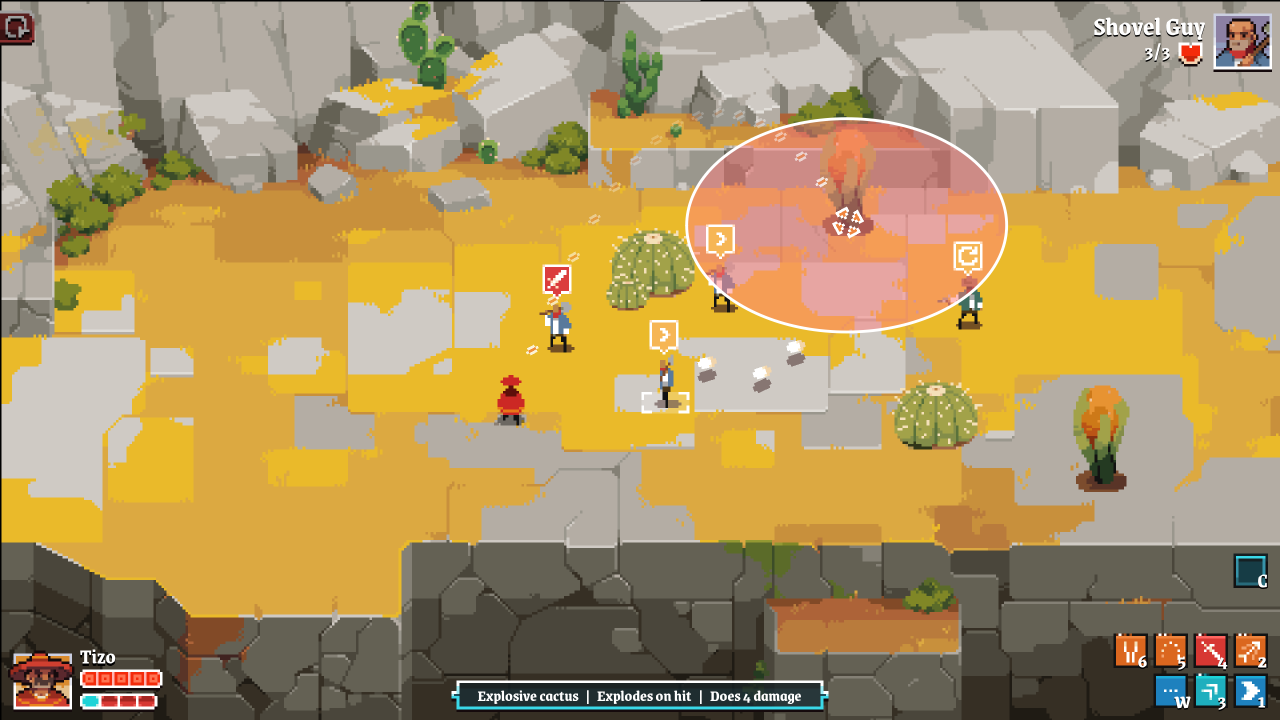
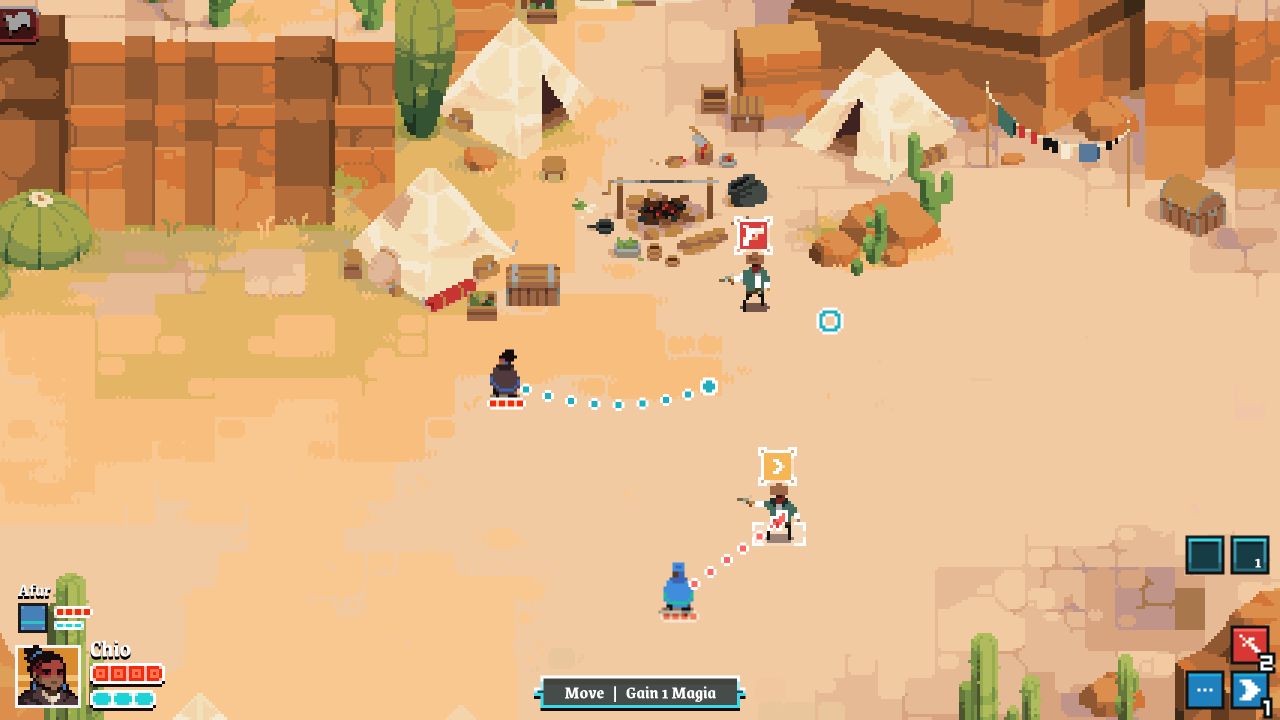
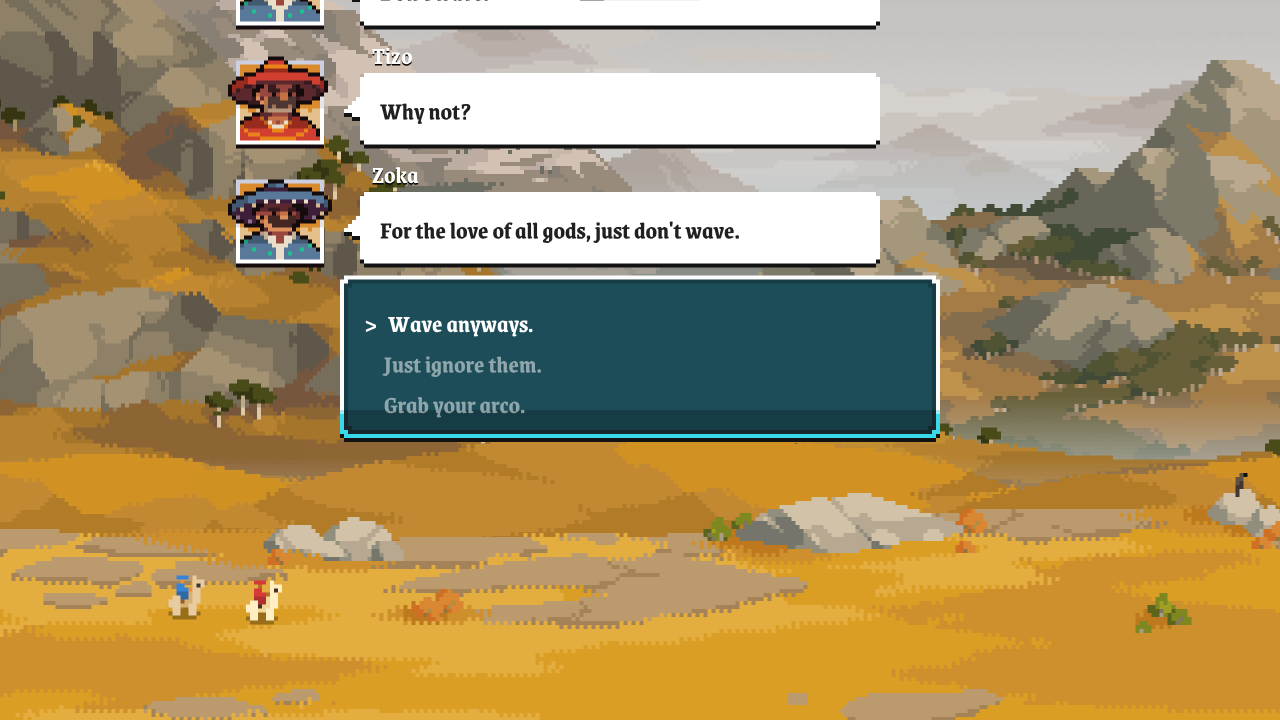
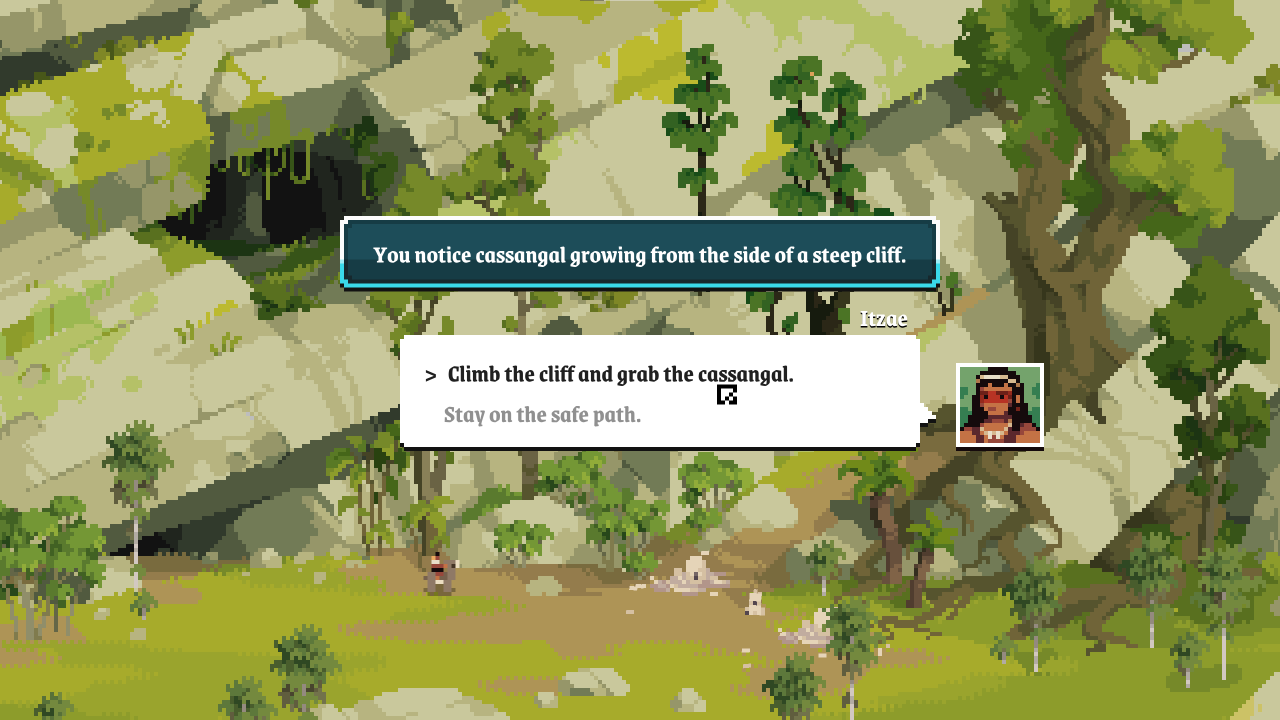
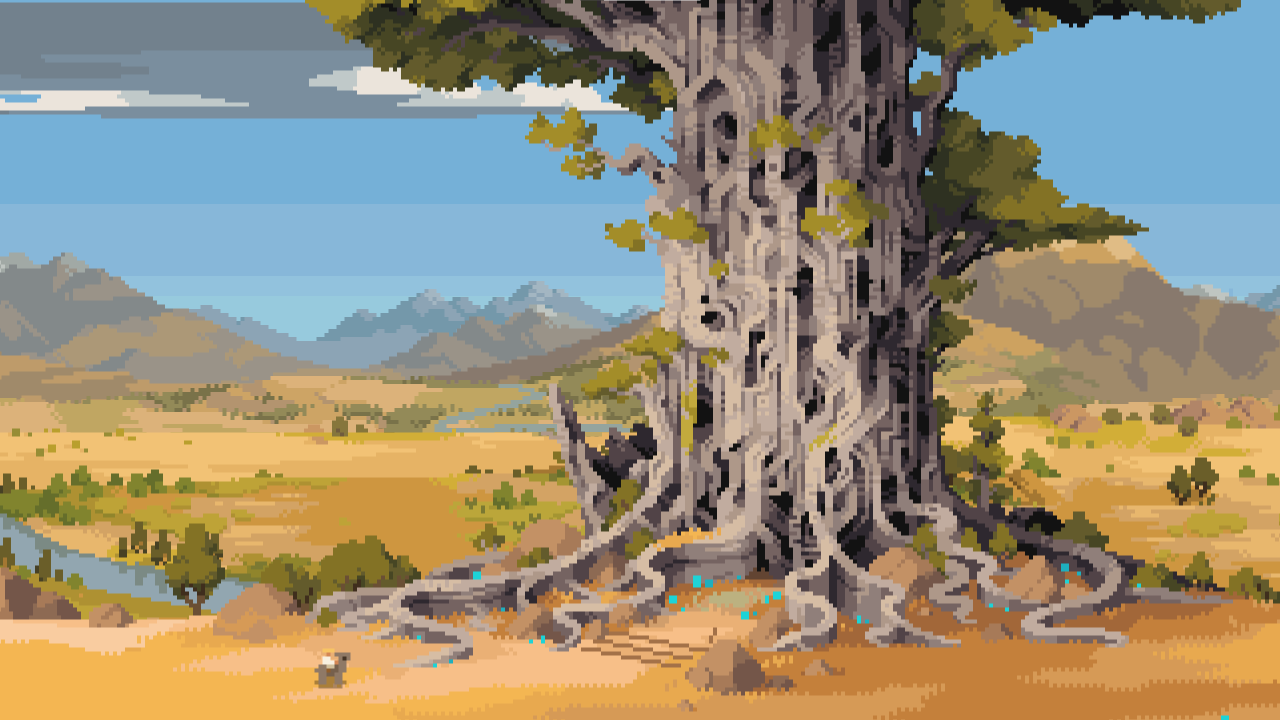
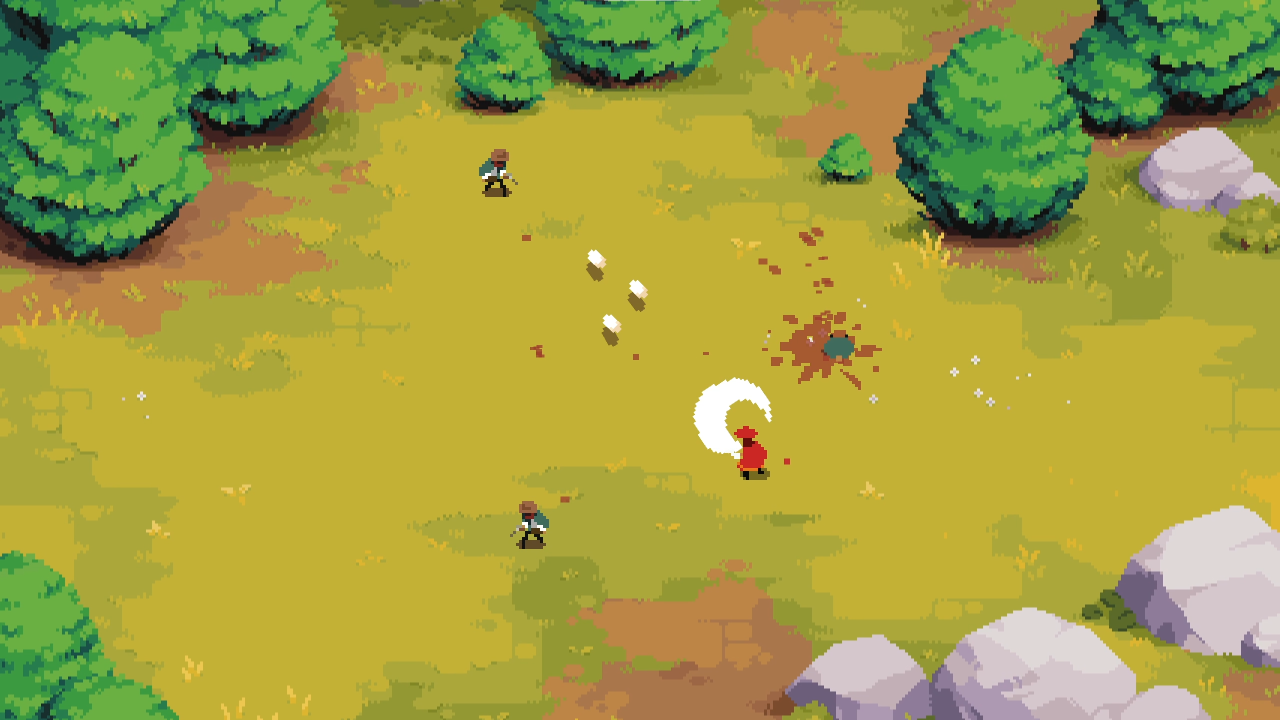
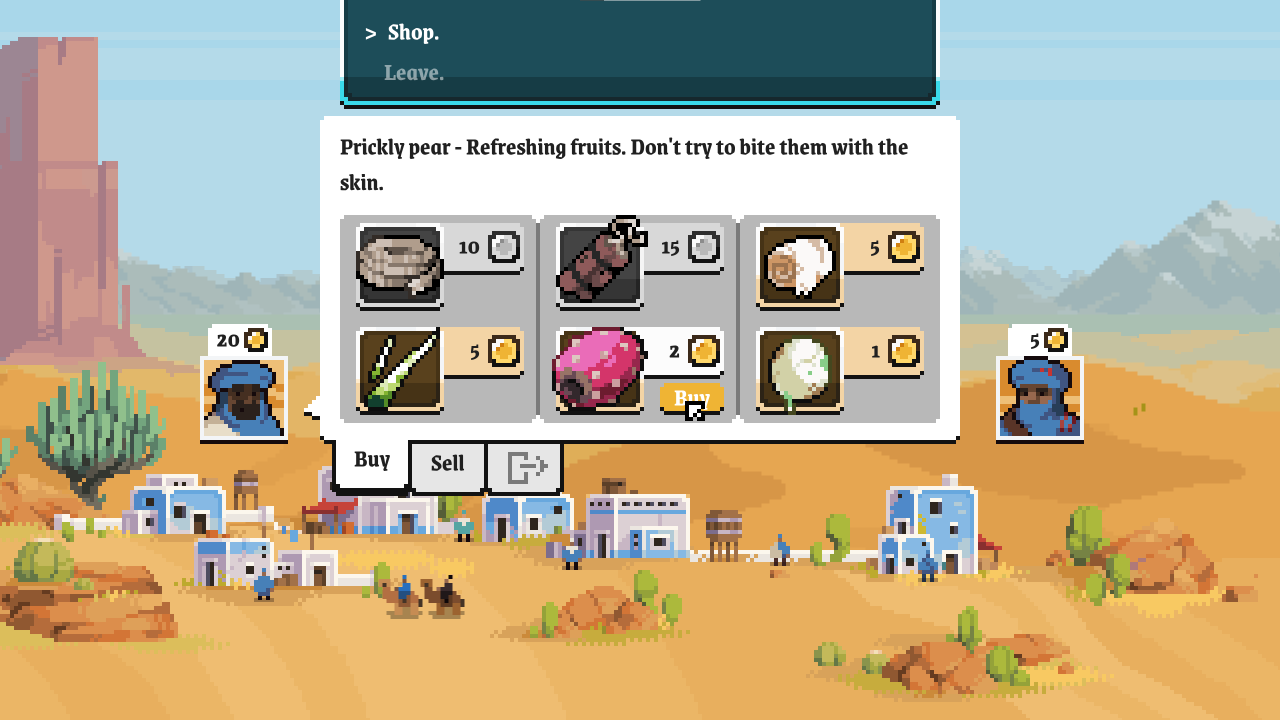
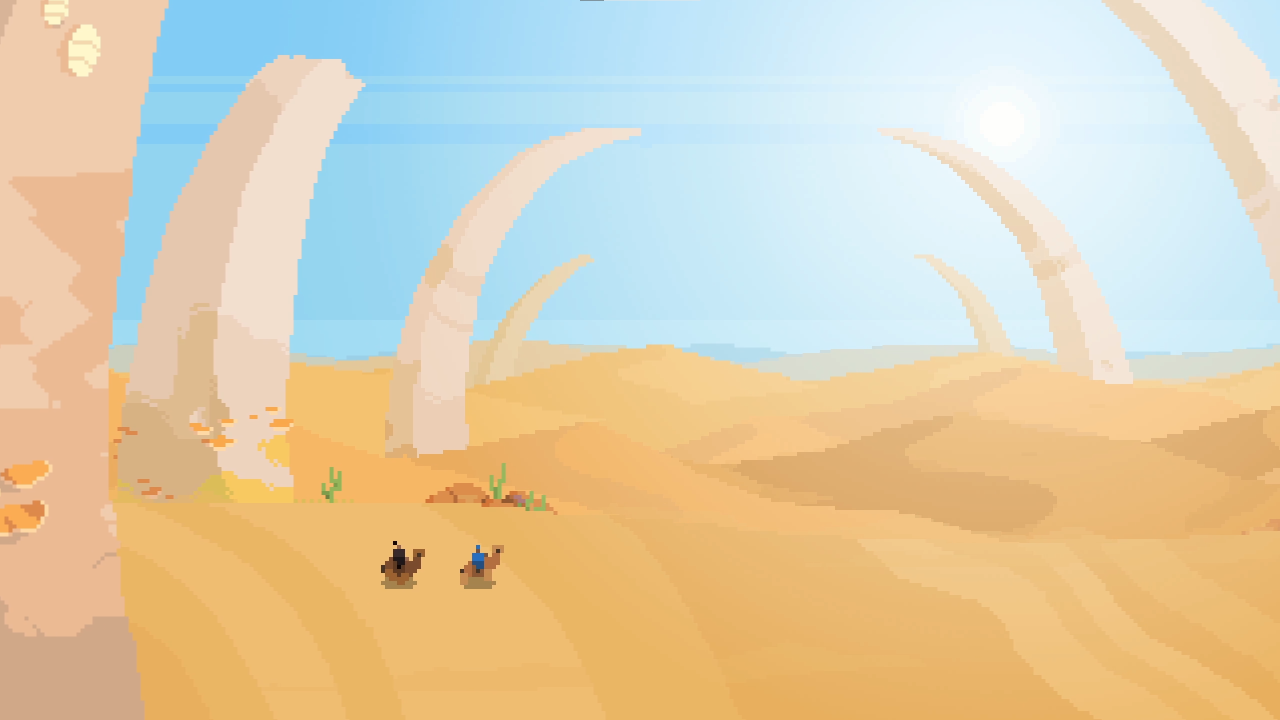
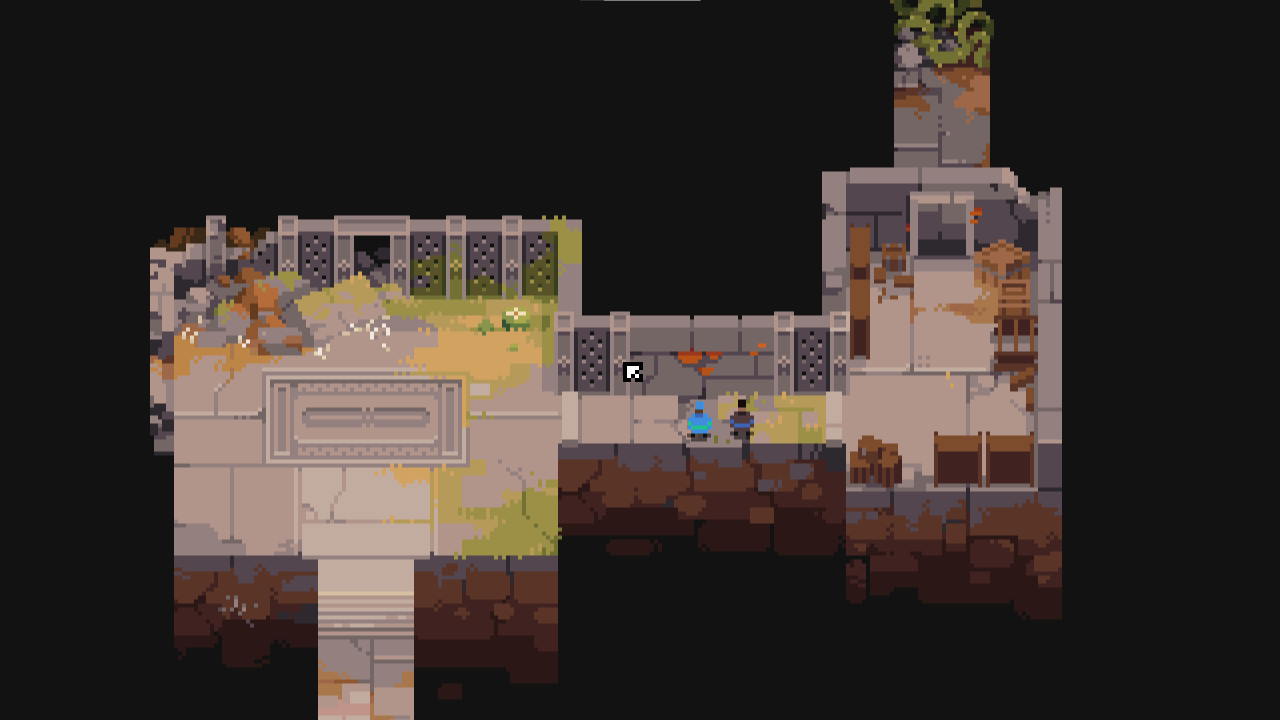
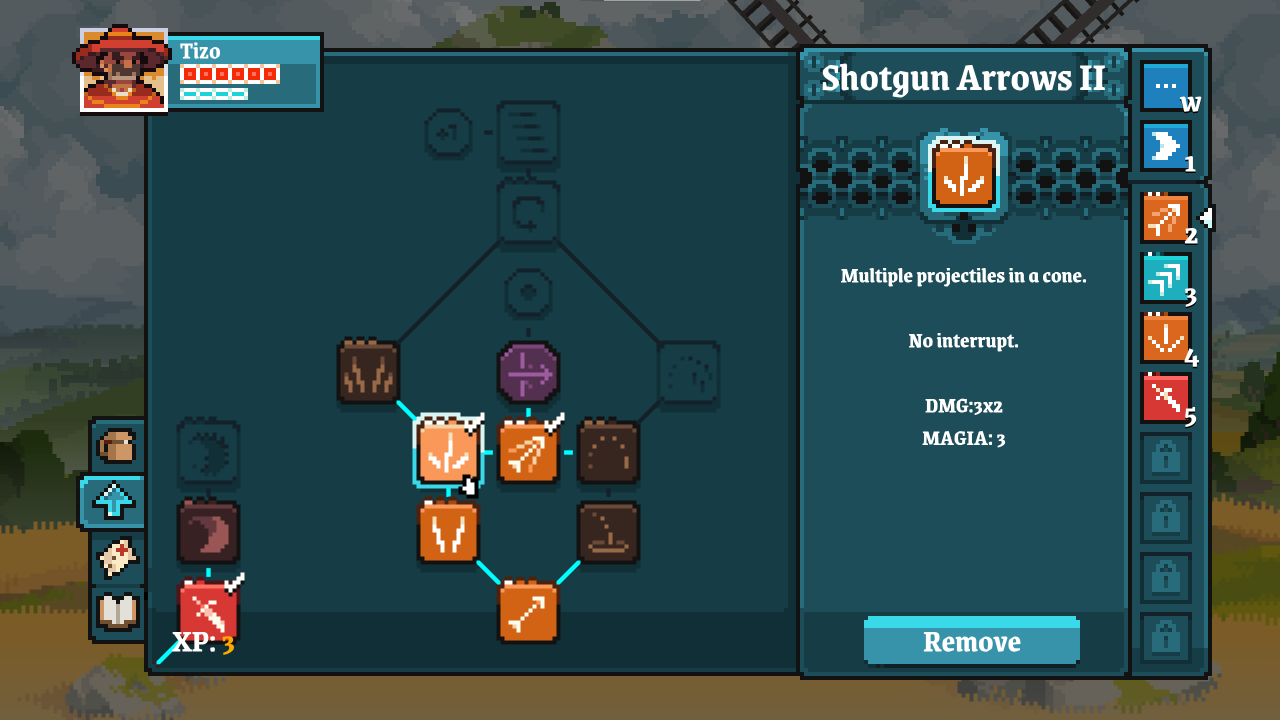
Comments
⚠️ Comments for this post are closed ⚠️